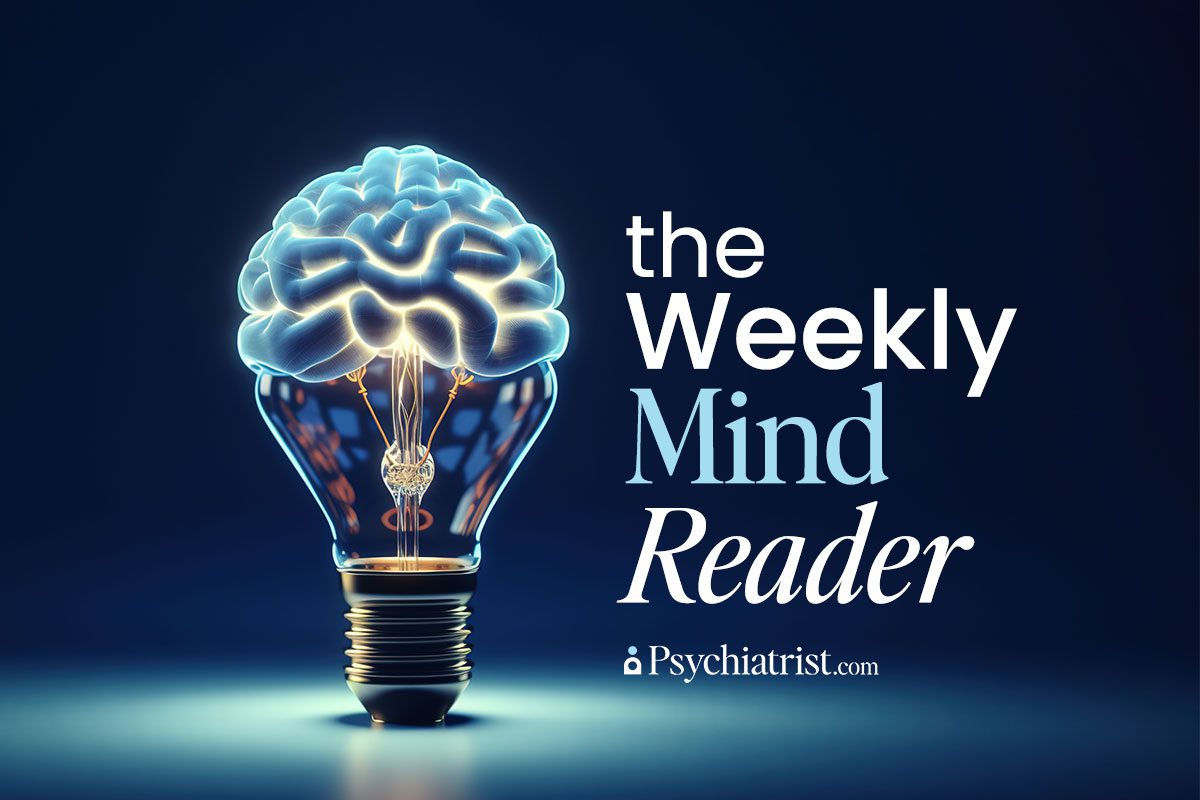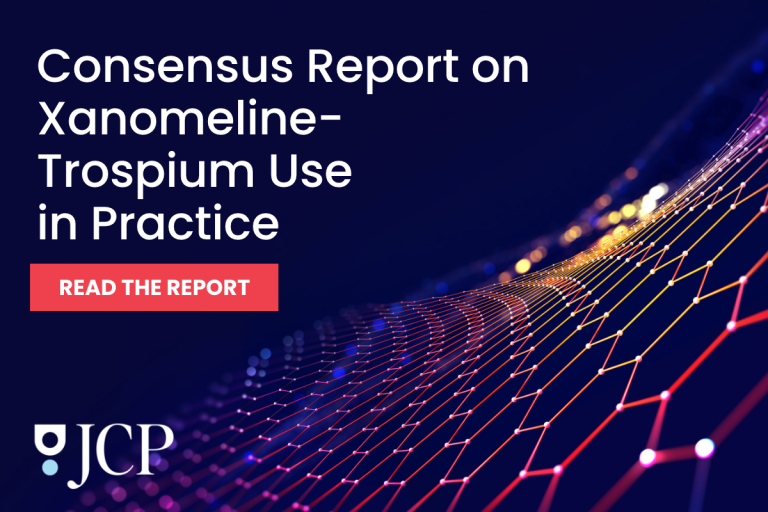In the most exhaustive trial yet of a psychedelic drug for anxiety, researchers report that a single dose of MM120 – a pharmaceutical LSD formulation – produced clinically significant relief in adults living with generalized anxiety disorder (GAD).
The findings, appearing in the latest Journal of the American Medical Association, sets the stage for critical phase 3 trials. It could also mark the first major step forward in anxiety treatment in nearly 20 years.
While antidepressants like SSRIs and benzodiazepines remain proven pharmacological treatment options, as many as half of all patients still don’t achieve anything resembling long-term relief. Worse still, side effects and poor tolerability drive many patients to abandon therapy. And U.S. regulators haven’t managed to approve a new anxiety drug since 2007.
That dearth of new treatment alternatives has fueled renewed interest in psychedelics, including lysergide (LSD), which scientists have been digging into since the mid-20th century. While earlier work hinted at a huge potential upside to psychedelics (especially when paired with psychotherapy), more recent trials have come up short.
Researchers designed MM120 – an oral, dosed LSD formulation – to test the drug in a more contemporary clinical setting.
Methodology
The phase 2b study enrolled nearly 200 adults between the ages of 18 and 74 with moderate to severe GAD (defined by a Hamilton Anxiety Rating Scale (HAM-A) score of at least 20). The research team recruited participants at nearly two dozen outpatient psychiatric sites nationwide between August 2022 and August 2023.
The researchers randomly assigned patients to receive a single oral dose of MM120 (25, 50, 100, or 200 micrograms) or a placebo. To maintain rigor, independent raters blinded to the study design assessed outcomes by phone. Crucially, researchers prohibited psychotherapy during dosing sessions, ensuring that only the drug being studied produced any effects.
The team established the primary endpoint as a change in HAM-A score at four weeks, as determined by advanced dose-response modeling. Secondary outcomes included depression symptoms, illness severity, and functional measures up to 12 weeks.
Benefits Emerge at Higher Doses
At four weeks, both the 100-µg and 200-µg groups showed statistically significant and clinically meaningful reductions in anxiety compared with the placebo. Patients on 100 µg improved by an average of five points more than placebo on the HAM-A, while those on 200 µg improved by six points. By contrast, the 25-µg and 50-µg groups didn’t differ much from the placebo.
Benefits persisted at eight weeks, reinforcing the dose-response relationship. Exploratory analyses also noted improvements in depression scores and clinician-rated illness severity for the higher-dose groups. Response rates – defined as at least a 50% reduction in anxiety – appeared to be much higher in those receiving 100 or 200 µg.
“These findings support 100 micrograms of MM120 as the optimal dose for pivotal clinical trials,” the authors wrote, noting that the minimally effective range likely landed between 57 and 85 µg.
“This work has the potential to make significant contributions to the emerging field of psychedelic drug research,” Canadian physician and psychedelic health researcher Claudio Soares, MD, PhD, wrote in a related editorial. “It is the first study to evaluate the dose-dependent efficacy of MM120 for anxiety, specifically examining the anxiolytic effects of four different single doses without psychotherapy.”
Predictable (But Manageable) Side Effects
As expected with any psychedelic, the participants mostly suffered side effects in the form of perceptual changes, such as illusions, pseudo-hallucinations, and visual distortions. These occurred in nearly all participants at 200 µg, most at 100 µg, and three-quarters at 50 µg. In the placebo group, only 10% of participants reported them. Participants also documented nausea and headaches, which increased with dosage. Notably, no serious adverse events or cases of dependence emerged during the 12-week follow-up.
The study’s design – individual dosing sessions in carefully monitored environments with medical staff present – helped mitigate the risks. And researchers observed the participants for at least 12 hours post-dose. While follow-up visits tracked efficacy and safety.
Implications
As Soares hinted at, this trial marks a milestone in psychedelic medicine: evidence that LSD can curb anxiety. Earlier studies usually combined psychedelics with therapy, making it hard to isolate and identify the effects. In this study, the drug by itself appeared to be enough.
If confirmed in phase 3 trials, MM120 could become the first new pharmacotherapy for GAD in almost two decades, potentially upending how we approach treatment. A single-dose intervention that provides lasting relief would also stand in stark contrast sharply to daily antidepressants or short-acting benzodiazepines.
“It has become increasingly clear that, despite numerous unanswered questions and methodological challenges, psychedelic agents are experiencing a renaissance as potential treatments for alleviating symptoms of depression, anxiety, posttraumatic stress disorder and other conditions (such as existential distress in oncology patients),” Soares added.
But questions linger. Do these effects persist after three months? Will patients require additional doses? And how will regulators balance the risks of hallucinatory experiences against the benefits?
For anxiety patients, the prospect is a tantalizing one: a novel therapy that doesn’t just blunt day-by-day symptoms, but provides meaningful relief with a single dose. And while it will take time to find out whether LSD escapes the fringes and crashes into mainstream psychiatry, this trial suggests it might be a matter of when, and not if.
Further Reading
Talking to Your Patients About Psychedelics



